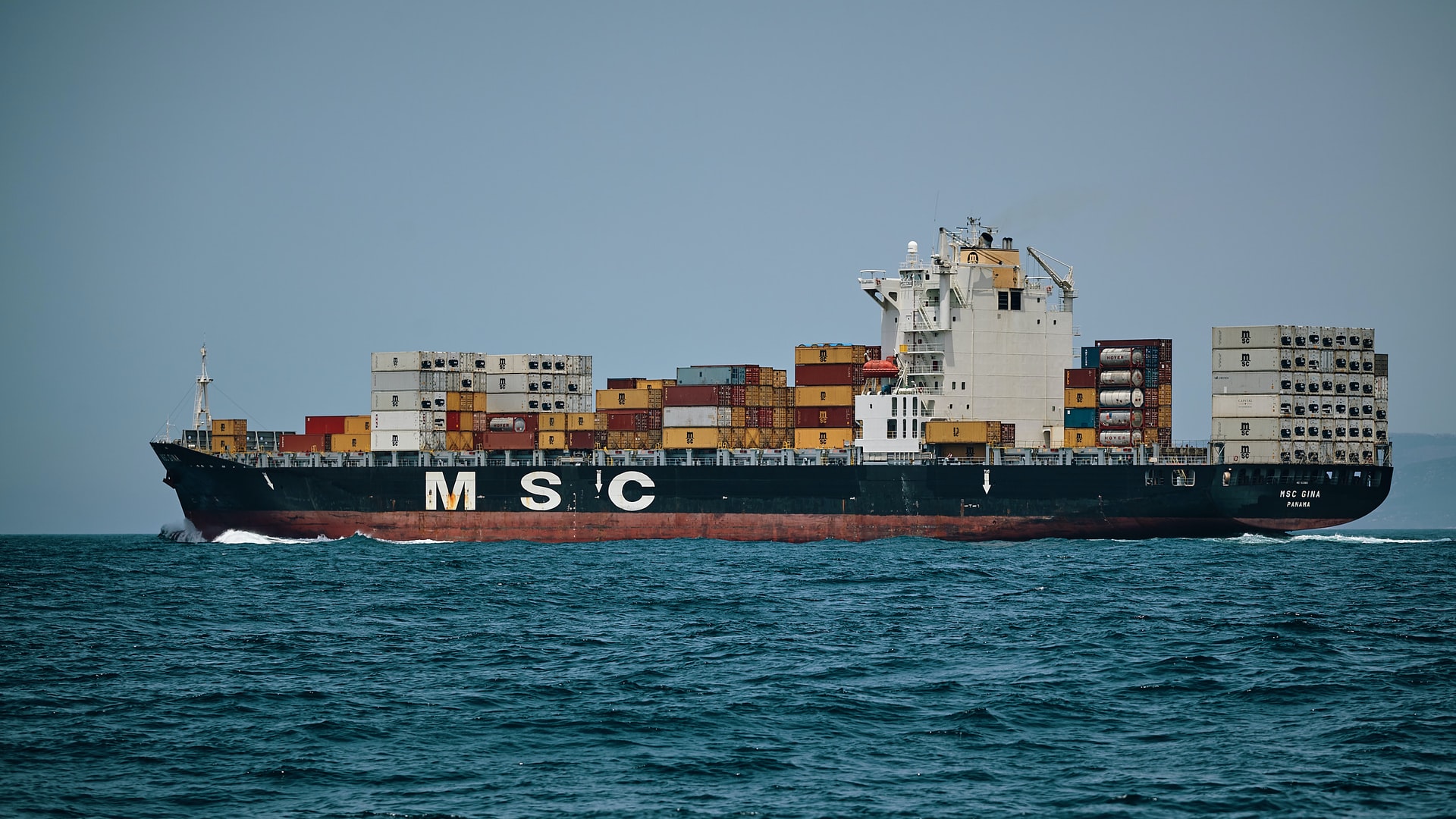
Shipping
The Malta VAT Yacht Leasing Scheme
VAT TREATMENT OF YACHTS INTENDED FOR PRIVATE USE
In March 2020, Malta published its Guidelines regarding item 12 of part two of the third schedule to the value added tax act (“Guidelines”) regarding its VAT treatment options establishing the means in which leased pleasure yachts are to be treated for VAT purposes, with a particular focus on the use and enjoyment provisions on yacht leasing supplies. The Guidelines issued on the subject matter reflect EU developments and practices.
With respect to operating leases, it is possible for a lessor/owner of a yacht to lease out their yacht to a lessee for a consideration for a specified period of time (both for a short-term lease or a long-term lease). Through such a structure, VAT would be payable by the lessee on the monthly lease instalments, which VAT would be payable on a quarterly basis and depending on the actual use and enjoyment of the yacht within EU waters.
In order to benefit from the said VAT treatment option, the following conditions would need to be satisfied:
- The lessor must be a Maltese entity and possess a valid Maltese VAT identification number to be eligible for the Yacht leasing Scheme;
- There must be a yacht leasing agreement in place between the lessor and lessee setting out the conditions of the lease;
- The lessee must be a non-taxable person i.e. not using the yacht for commercial business purposes;
- The yacht must be placed at the disposal of the lessee in Malta;
- The lessor must maintain documentary and/or technological data to determine the actual use and enjoyment of the pleasure boat within and outside EU territorial waters;
- An annual declaration must be filed by the lessor with the Commissioner for Revenue within the prescribed timeframe.
The scheme works depending on the ratio of use and enjoyment of the yacht in or outside EU territorial waters. As a general rule, full VAT payment at the rate of 18% is payable when the place of supply of the service is in Malta; however, in cases where the actual effective use and enjoyment of the pleasure yacht would be outside EU waters, there is an adjustment method that would apply. The end result will be that VAT would only be charged on the actual use and enjoyment of the yacht by the lessee in EU territorial waters. To this end, no VAT shall be due on the portion of the lease where the yacht is effectively used and enjoyed outside EU territorial waters.
Therefore, Malta VAT will be applicable solely on the use of the yacht within EU territorial waters; the applicable VAT rate will be reduced, depending on the effective use and enjoyment of the yacht, possibly making it amongst the lowest VAT rates within the EU Member States.
Importantly, the VAT treatment options also provides an element of flexibility when it comes to exiting or terminating the lease. In the eventuality that at the end of the lease the lessor decides to contract the sale of the yacht in Malta, then VAT at the standard rate of 18% is charged on the value of the yacht upon subsequent sale.
In such a case should the Maltese VAT Department be satisfied that the necessary rules and regulations have been duly observed, a VAT Paid Certificate would be issued.
VAT TREATMENT OF YACHTS INTENDED FOR COMMERCIAL USE
Yachts intended for commercial use may opt for VAT deferment on the importation as follows:
- Obtaining a VAT deferment on the importation of the commercial yacht by a Maltese owning entity having a Maltese VAT registration; without needing to set up a bank guarantee (as previously required);
- Obtaining a VAT deferment on the importation of the commercial yacht by an EU owning entity having a Maltese VAT registration, provided that the company duly appoints a VAT representative in Malta, without needing to set up a bank guarantee (as previously required); or
- Obtaining a VAT deferment on the importation of the commercial yacht by a non-EU owning entity on provision by the importing entity of a bank guarantee amounting to the VAT payable on 0.75% of the value of the yacht, capped at one million euro;
To opt for the first proposed VAT deferment structure, one would need to incorporate a shipping company in Malta, which company would need to obtain a valid Malta VAT identification number. In each instance, the importation of the commercial yacht will require the yacht to physically call at Malta in order to undergo VAT and Customs procedures. Following which, the yacht would be imported into the European Union with the VAT payment deferred accordingly rather than paid upon importation. In such a case, the yacht would be able to roam freely and circulate within EU waters.
MANNING AND CERTIFICATION OF CREW
There are no restrictions on the nationality of the master, officers and crew engaged on Maltese yachts and superyachts. A commercially registered superyacht of more than twenty-four (24) metres in length will be issued with a Minimum Safe Manning Certificate following receipt and review of the application for a safe manning document. Commercial yachts of not more than twenty-four (24) metres in length are not issued with a Minimum Safe Manning Certificate, however, shall comply with the minimum manning requirements as set in the Commercial Yacht Code.
Foreign certificates issued in terms of the International Convention on Standards of Training, Certification and Watchkeeping for Seafarers (“STCW”), require an endorsement issued by the Maltese Administration attesting their recognition. On case by case basis other yacht certification may be accepted.
COMPLIANCE SURVEYS AND CERTIFICATION
An initial survey is required to draw up records of compliance with the Commercial Yacht Code (“Code”). Alternative arrangements may be discussed between the surveyor and the Administration through a transparent and recorded procedure. Upon complying with the Code, the Administration issues a Certificate of Compliance to Trade as a Commercial Yacht enabling operational registration. Compliance surveys may be carried out by one of the appointed ship surveyors or by a recognised organisation.
All yachts below twenty-four (24) metres in length have to undergo an intermediate survey whilst yachts larger or equal to twenty-four (24) meters in length have to undergo annual surveys.
The Certificate of Compliance is renewable every five (5) years and surveys may be carried out by an Appointed Ship Surveyors or by a Recognised Organisation,
During a renewal survey a survey similar to the one carried out during initial survey must be carried out.
GREEN YACHT NOTATION
Malta yachts that are operated at extra cleanliness and safety standards are assigned a Green Yacht Notation. By rewarding high safety and environmental standards, the notation makes above standard yacht operations more attractive. Yachts with such a notation reap various benefits, including, charter preference, continuous improvement, better image and motivation and pride of crew.
REGISTRATION PROCEDURE
A yacht is first registered provisionally under the Malta flag for six (6) months (extendible for a further period, or periods not exceeding in the aggregate six (6) months) during which period all documentation needs to be finalised.
Requirements for Provisional Registration
The following are a list of requirements for provisional registration:
- application for registration by owner or an authorized representative;
- proof of qualification to own a Maltese ship (in the case of a body corporate, the memorandum and articles of association and in the case of non-Maltese owners, appointment of a resident agent);
- declaration of ownership made in front of the authorities by the owner or an authorized representative;
- where applicable, copy of the current yacht’s International Tonnage Certificate;
- where applicable, application for Ship Radio Station Licence;
- payment of initial registration fees and annual tonnage tax.
The following documents are to be submitted during provisional registration:
- a builder’s certificate, if the vessel has not been registered elsewhere; otherwise a bill of sale or any other document for registry;
- a cancellation of registry certificate from the last country of registry, showing vessel to be free from encumbrances or otherwise;
- in the cases of SOLAS (International Convention for the Safety of Life at Sea) ships, copy of the last updated Continuous Synopsis Record issued by the Administration where the ship was last documented;
- Certificate of Survey and a copy of the international Tonnage Certificate issued by an approved surveyor of ships;
- evidence that the yacht has been marked in accordance with law.
Advantages of Registering a Ship under a Maltese Flag
- ships may be registered in the name of legally constituted corporate bodies or entities irrespective of nationality, or by European Union citizens.
- low company formation, ship registration and tonnage tax costs;
- progressive reduction in registration and tonnage tax costs for younger ships;
- these incentives may also be extended to smaller ships;
- no restrictions on the nationality of the master, officers and crew;
- no restrictions on the sale or transfer of shares of a company owning Maltese ships;
- no restrictions on the sale and mortgaging of Maltese ships;
- no trading restrictions and, preferential treatment to Maltese ships in certain ports;
- twenty four (24) hour, seven (7) days a week service in respect of urgent matters;
- Malta is an international maritime centre providing the whole range of maritime services;
- attractive incentives to owners, registered charterers and financiers of Maltese ships of over 1,000 net tonnage.
